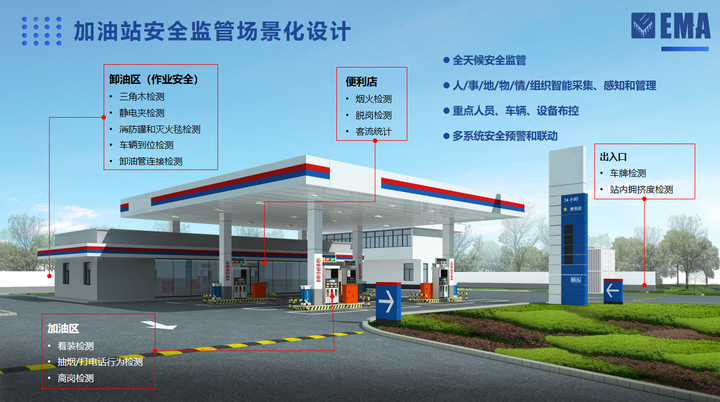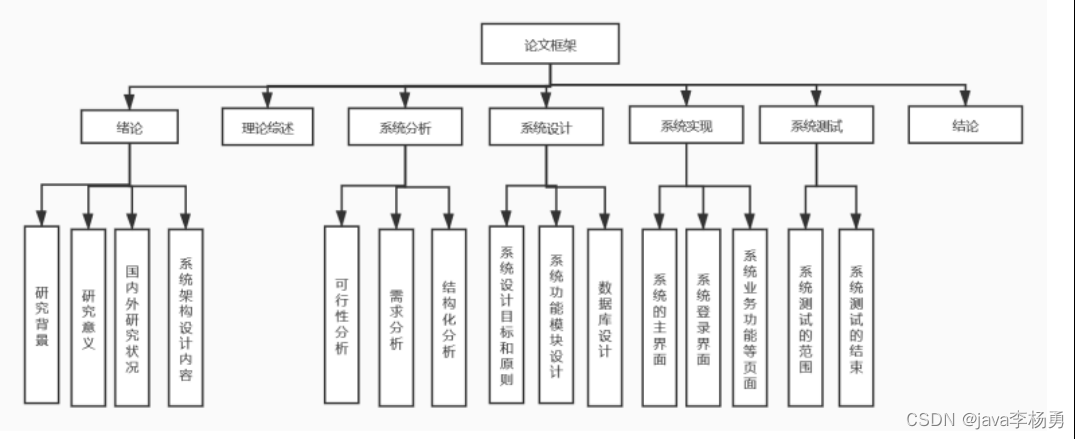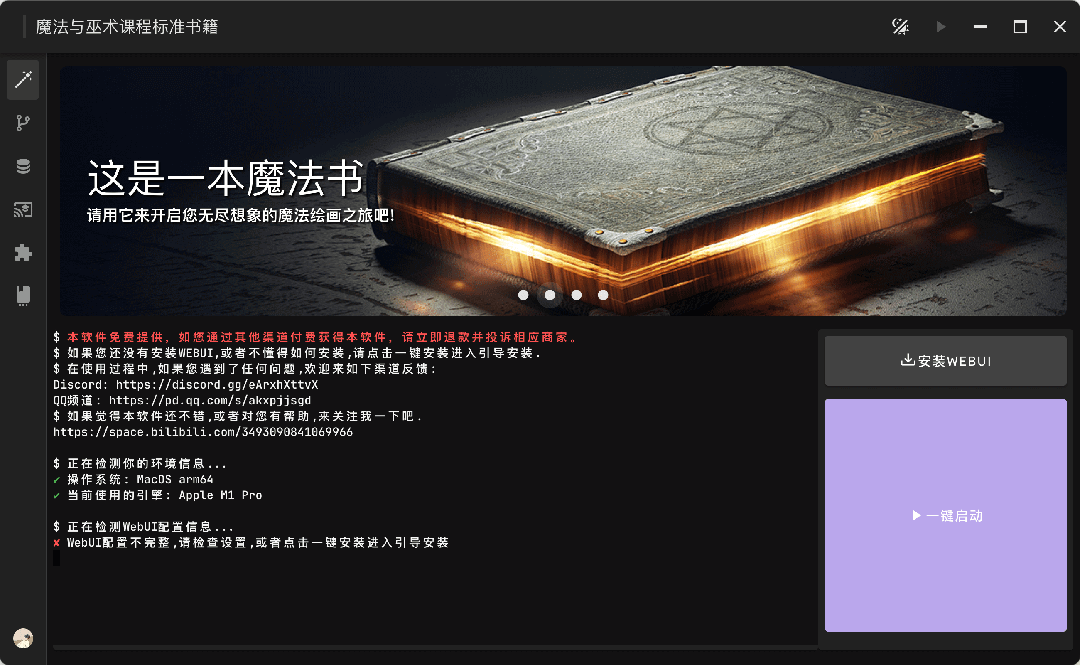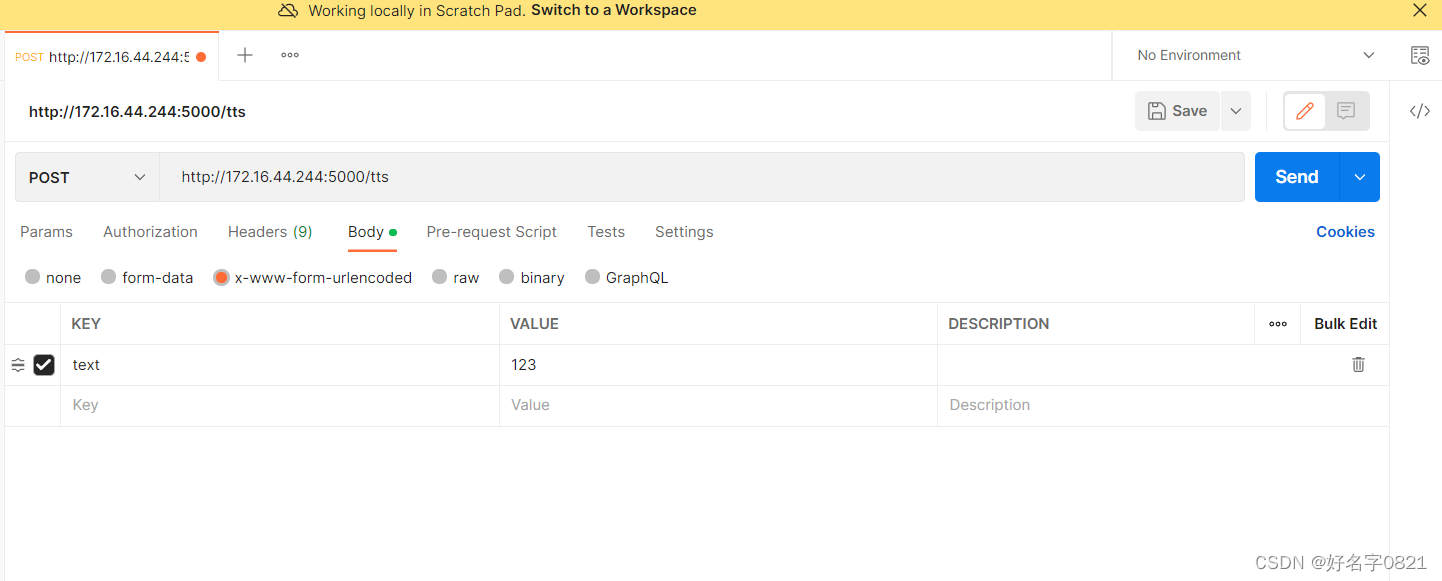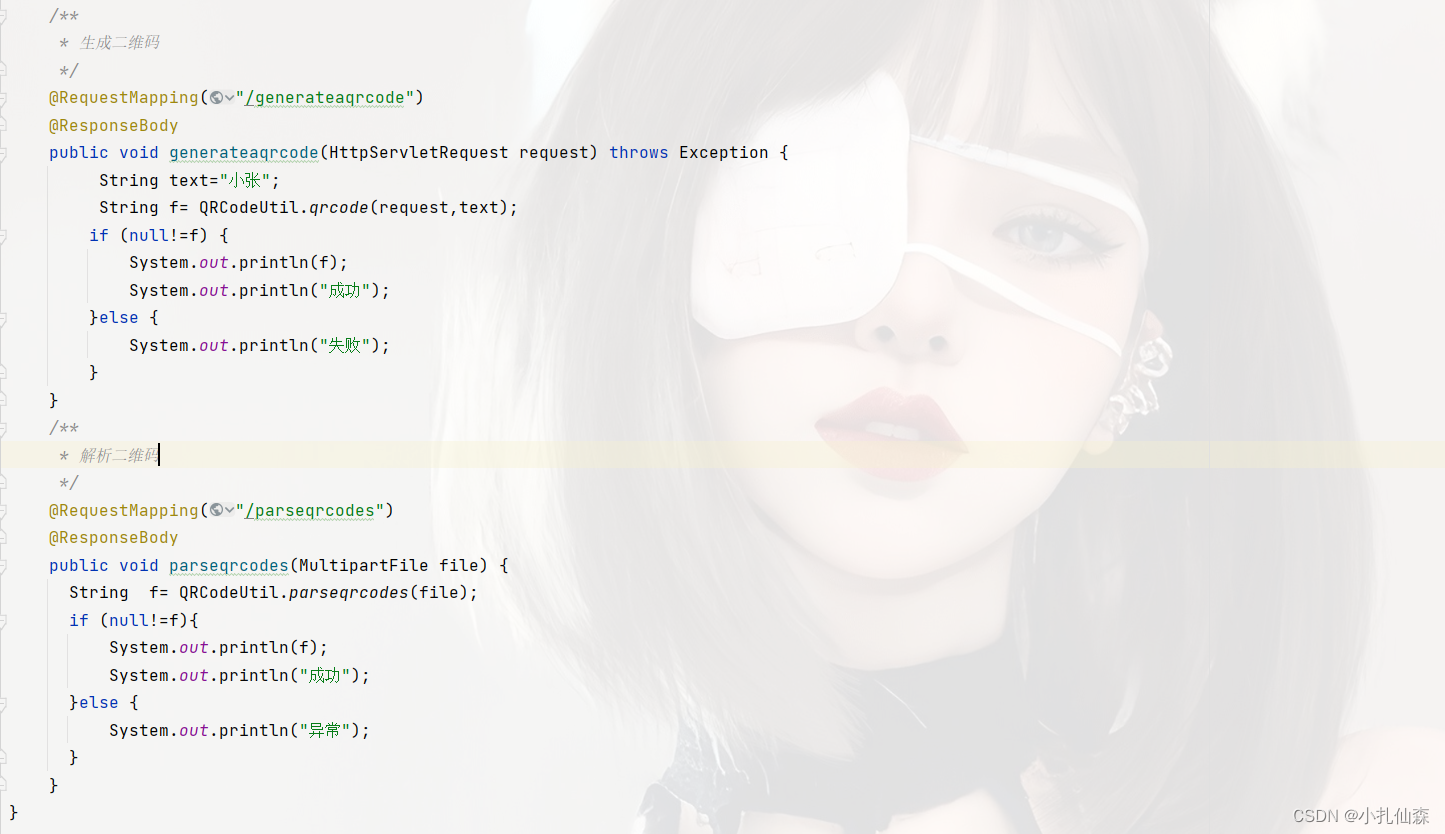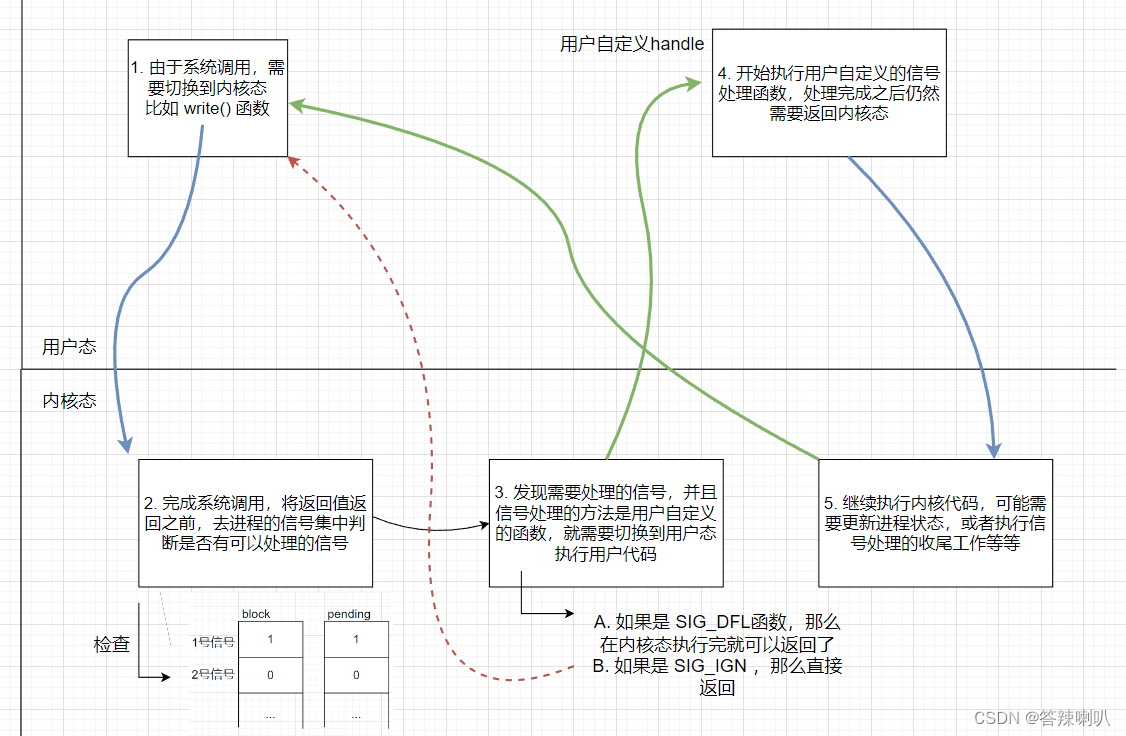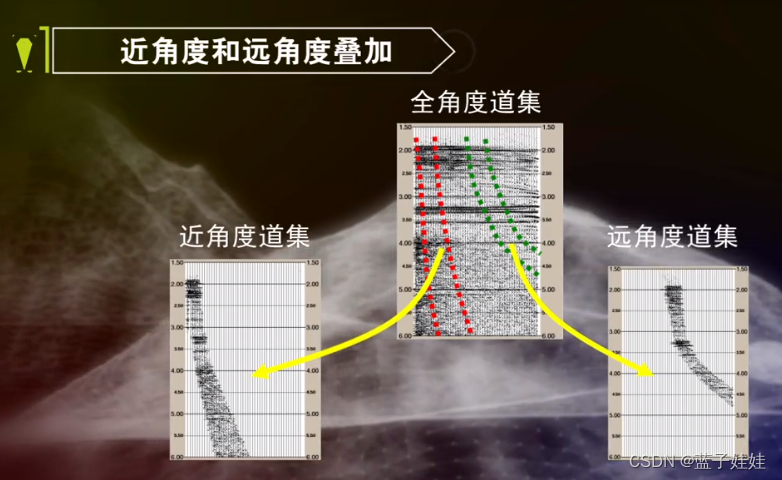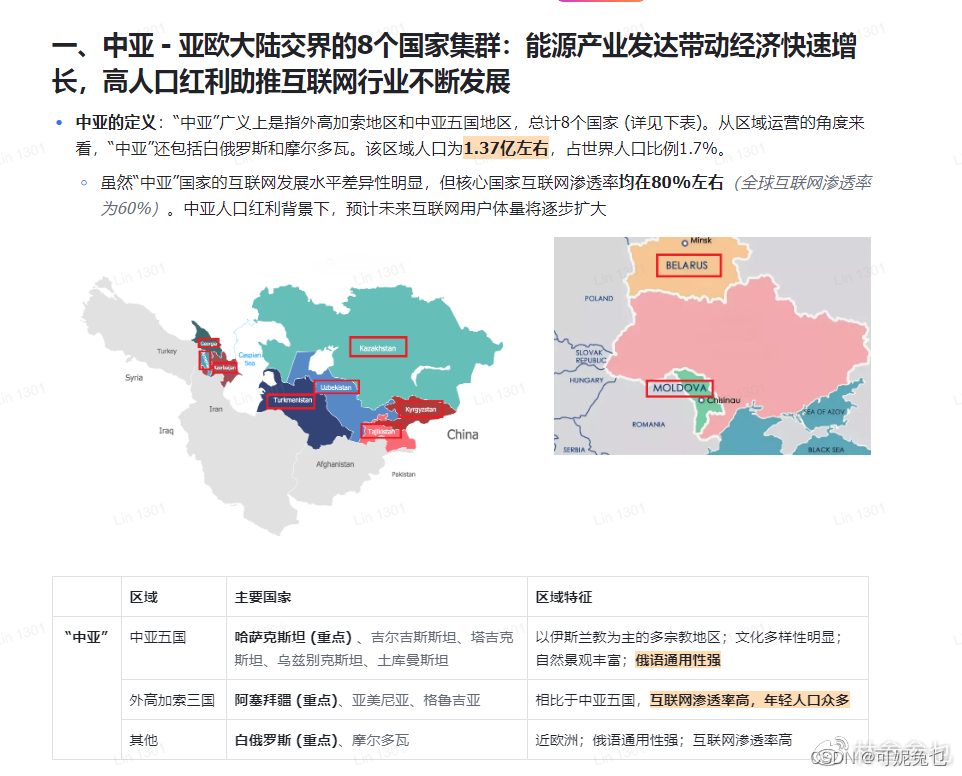一、论文简述
论文作者提出了一种新的轻量级注意力机制,称之为外部注意力。如图所示,计算自注意力需要首先通过计算自查询向量和自关键字向量之间的仿射关系来计算注意力图,然后通过用该注意力图加权自值向量来生成新的特征图。外部关注的作用不同。我们首先通过计算自查询向量和外部可学习密钥存储器之间的亲和力来计算注意力图,然后通过将该注意力图乘以另一个外部可学习值存储器来生成细化的特征图。

在实践中,这两个存储器是用线性层实现的,因此可以通过端到端的反向传播来优化。它们独立于单个样本,并在整个数据集中共享,这起到了很强的正则化作用,提高了注意力机制的泛化能力。外部注意力的轻量级本质的关键在于,存储器中的元素数量远小于输入特征中的元素数目,从而产生输入中元素数目线性的计算复杂度。外部存储器旨在学习整个数据集中最具鉴别力的特征,捕捉信息量最大的部分,并排除其他样本中的干扰信息。类似的想法可以在稀疏编码[9]或字典学习中找到。然而,与这些方法不同的是,我们既没有尝试重建输入特征,也没有对注意力图应用任何显式稀疏正则化。
尽管所提出的外部注意力方法很简单,但它对各种视觉任务都是有效的。由于其简单性,它可以很容易地融入现有流行的基于自注意的架构中,如DANet、SAGAN和T2T Transformer。图3展示了一个典型的架构,该架构将图像语义分割任务的自我注意力替换为外部注意力。我们使用不同的输入模式(图像和点云),对分类、对象检测、语义分割、实例分割和生成等基本视觉任务进行了广泛的实验。结果表明,我们的方法获得的结果与原始的自注意机制及其一些变体相当或更好,以低得多的计算成本。

二、相关参考代码
1、基于torch的实现
外部注意力实现
import numpy as np
import torch
from torch import nn
from torch.nn import init
class ExternalAttention(nn.Module):
def __init__(self, d_model,S=64):
super().__init__()
self.mk=nn.Linear(d_model,S,bias=False)
self.mv=nn.Linear(S,d_model,bias=False)
self.softmax=nn.Softmax(dim=1)
self.init_weights()
def init_weights(self):
for m in self.modules():
if isinstance(m, nn.Conv2d):
init.kaiming_normal_(m.weight, mode='fan_out')
if m.bias is not None:
init.constant_(m.bias, 0)
elif isinstance(m, nn.BatchNorm2d):
init.constant_(m.weight, 1)
init.constant_(m.bias, 0)
elif isinstance(m, nn.Linear):
init.normal_(m.weight, std=0.001)
if m.bias is not None:
init.constant_(m.bias, 0)
def forward(self, queries):
attn=self.mk(queries) #bs,n,S
attn=self.softmax(attn) #bs,n,S
attn=attn/torch.sum(attn,dim=2,keepdim=True) #bs,n,S
out=self.mv(attn) #bs,n,d_model
return out
if __name__ == '__main__':
input=torch.randn(50,49,512)
ea = ExternalAttention(d_model=512,S=8)
output=ea(input)
print(output.shape)
调用参考
input=torch.randn(50,49,512)
ea = ExternalAttention(d_model=512,S=8)
output=ea(input)
print(output.shape)2、基于tensorflow的EANet实现
EANet只是用外部注意力代替了Vit中的自我注意力。
这里的数据集是采用cifar100数据集,首先加载划分数据集,然后配置超参数
import numpy as np
import tensorflow as tf
from tensorflow import keras
from tensorflow.keras import layers
import tensorflow_addons as tfa
import matplotlib.pyplot as plt
num_classes = 100
input_shape = (32, 32, 3)
(x_train, y_train), (x_test, y_test) = keras.datasets.cifar100.load_data()
y_train = keras.utils.to_categorical(y_train, num_classes)
y_test = keras.utils.to_categorical(y_test, num_classes)
print(f"x_train shape: {x_train.shape} - y_train shape: {y_train.shape}")
print(f"x_test shape: {x_test.shape} - y_test shape: {y_test.shape}")
weight_decay = 0.0001
learning_rate = 0.001
label_smoothing = 0.1
validation_split = 0.2
batch_size = 128
num_epochs = 50
patch_size = 2 # Size of the patches to be extracted from the input images.
num_patches = (input_shape[0] // patch_size) ** 2 # Number of patch
embedding_dim = 64 # Number of hidden units.
mlp_dim = 64
dim_coefficient = 4
num_heads = 4
attention_dropout = 0.2
projection_dropout = 0.2
num_transformer_blocks = 8 # Number of repetitions of the transformer layer
print(f"Patch size: {patch_size} X {patch_size} = {patch_size ** 2} ")
print(f"Patches per image: {num_patches}")
进行数据增强
data_augmentation = keras.Sequential(
[
layers.Normalization(),
layers.RandomFlip("horizontal"),
layers.RandomRotation(factor=0.1),
layers.RandomContrast(factor=0.1),
layers.RandomZoom(height_factor=0.2, width_factor=0.2),
],
name="data_augmentation",
)
# Compute the mean and the variance of the training data for normalization.
data_augmentation.layers[0].adapt(x_train)实现补丁提取和编码层‘
class PatchExtract(layers.Layer):
def __init__(self, patch_size, **kwargs):
super().__init__(**kwargs)
self.patch_size = patch_size
def call(self, images):
batch_size = tf.shape(images)[0]
patches = tf.image.extract_patches(
images=images,
sizes=(1, self.patch_size, self.patch_size, 1),
strides=(1, self.patch_size, self.patch_size, 1),
rates=(1, 1, 1, 1),
padding="VALID",
)
patch_dim = patches.shape[-1]
patch_num = patches.shape[1]
return tf.reshape(patches, (batch_size, patch_num * patch_num, patch_dim))
class PatchEmbedding(layers.Layer):
def __init__(self, num_patch, embed_dim, **kwargs):
super().__init__(**kwargs)
self.num_patch = num_patch
self.proj = layers.Dense(embed_dim)
self.pos_embed = layers.Embedding(input_dim=num_patch, output_dim=embed_dim)
def call(self, patch):
pos = tf.range(start=0, limit=self.num_patch, delta=1)
return self.proj(patch) + self.pos_embed(pos)实现外部注意力块
def external_attention(
x, dim, num_heads, dim_coefficient=4, attention_dropout=0, projection_dropout=0
):
_, num_patch, channel = x.shape
assert dim % num_heads == 0
num_heads = num_heads * dim_coefficient
x = layers.Dense(dim * dim_coefficient)(x)
# create tensor [batch_size, num_patches, num_heads, dim*dim_coefficient//num_heads]
x = tf.reshape(
x, shape=(-1, num_patch, num_heads, dim * dim_coefficient // num_heads)
)
x = tf.transpose(x, perm=[0, 2, 1, 3])
# a linear layer M_k
attn = layers.Dense(dim // dim_coefficient)(x)
# normalize attention map
attn = layers.Softmax(axis=2)(attn)
# dobule-normalization
attn = attn / (1e-9 + tf.reduce_sum(attn, axis=-1, keepdims=True))
attn = layers.Dropout(attention_dropout)(attn)
# a linear layer M_v
x = layers.Dense(dim * dim_coefficient // num_heads)(attn)
x = tf.transpose(x, perm=[0, 2, 1, 3])
x = tf.reshape(x, [-1, num_patch, dim * dim_coefficient])
# a linear layer to project original dim
x = layers.Dense(dim)(x)
x = layers.Dropout(projection_dropout)(x)
return x实施 MLP
def mlp(x, embedding_dim, mlp_dim, drop_rate=0.2):
x = layers.Dense(mlp_dim, activation=tf.nn.gelu)(x)
x = layers.Dropout(drop_rate)(x)
x = layers.Dense(embedding_dim)(x)
x = layers.Dropout(drop_rate)(x)
return x实现变压器模块,基于参数配置选择外部注意或是自我关注。
def transformer_encoder(
x,
embedding_dim,
mlp_dim,
num_heads,
dim_coefficient,
attention_dropout,
projection_dropout,
attention_type="external_attention",
):
residual_1 = x
x = layers.LayerNormalization(epsilon=1e-5)(x)
if attention_type == "external_attention":
x = external_attention(
x,
embedding_dim,
num_heads,
dim_coefficient,
attention_dropout,
projection_dropout,
)
elif attention_type == "self_attention":
x = layers.MultiHeadAttention(
num_heads=num_heads, key_dim=embedding_dim, dropout=attention_dropout
)(x, x)
x = layers.add([x, residual_1])
residual_2 = x
x = layers.LayerNormalization(epsilon=1e-5)(x)
x = mlp(x, embedding_dim, mlp_dim)
x = layers.add([x, residual_2])
return x实施 EANet 模型
def get_model(attention_type="external_attention"):
inputs = layers.Input(shape=input_shape)
# Image augment
x = data_augmentation(inputs)
# Extract patches.
x = PatchExtract(patch_size)(x)
# Create patch embedding.
x = PatchEmbedding(num_patches, embedding_dim)(x)
# Create Transformer block.
for _ in range(num_transformer_blocks):
x = transformer_encoder(
x,
embedding_dim,
mlp_dim,
num_heads,
dim_coefficient,
attention_dropout,
projection_dropout,
attention_type,
)
x = layers.GlobalAvgPool1D()(x)
outputs = layers.Dense(num_classes, activation="softmax")(x)
model = keras.Model(inputs=inputs, outputs=outputs)
return model进行训练并可视化
model = get_model(attention_type="external_attention")
model.compile(
loss=keras.losses.CategoricalCrossentropy(label_smoothing=label_smoothing),
optimizer=tfa.optimizers.AdamW(
learning_rate=learning_rate, weight_decay=weight_decay
),
metrics=[
keras.metrics.CategoricalAccuracy(name="accuracy"),
keras.metrics.TopKCategoricalAccuracy(5, name="top-5-accuracy"),
],
)
history = model.fit(
x_train,
y_train,
batch_size=batch_size,
epochs=num_epochs,
validation_split=validation_split,
)
model.save('eanet_cifar100.h5')
plt.plot(history.history["loss"], label="train_loss")
plt.plot(history.history["val_loss"], label="val_loss")
plt.xlabel("Epochs")
plt.ylabel("Loss")
plt.title("Train and Validation Losses Over Epochs", fontsize=14)
plt.legend()
plt.grid()
plt.show()
进行验证
loss, accuracy, top_5_accuracy = model.evaluate(x_test, y_test)
print(f"Test loss: {round(loss, 2)}")
print(f"Test accuracy: {round(accuracy * 100, 2)}%")
print(f"Test top 5 accuracy: {round(top_5_accuracy * 100, 2)}%")三、相关参考
arxiv.org/pdf/2105.02358.pdf![]() https://arxiv.org/pdf/2105.02358.pdfExternal-Attention-pytorch/ExternalAttention.py at master · xmu-xiaoma666/External-Attention-pytorch · GitHub
https://arxiv.org/pdf/2105.02358.pdfExternal-Attention-pytorch/ExternalAttention.py at master · xmu-xiaoma666/External-Attention-pytorch · GitHub![]() https://github.com/xmu-xiaoma666/External-Attention-pytorch/blob/master/model/attention/ExternalAttention.py
https://github.com/xmu-xiaoma666/External-Attention-pytorch/blob/master/model/attention/ExternalAttention.py
